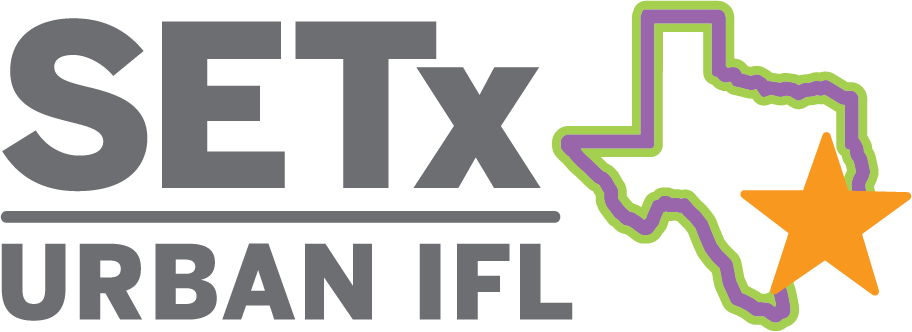Theme 1 – Environment
Climate
Research goal:

The Climate Theme aims to understand projected climate change impacts across SETx and beyond. Methods to understand climate change impacts are being integrated both top down and bottom-up across the project. A top-down approach incorporates downscaled and bias-corrected climate projections into high resolution hydrological and air quality models that quantitatively explore effects of currently projected climate shifts. A bottom-up approach combines a set of sensitivity scenarios with the hydrological and air quality models using a decision scaling methodology that maps meteorological parameters and conditions.
Water

Research goal:
The Water Theme targets fundamental science questions building an understanding of the underlying processes, spatial heterogeneity, and drivers for current and future conditions. The team is quantifying how climate and land cover change will affect flooding patterns, intensity, and frequency in Southeast Texas and how community-driven flood mitigation might alter the local water and carbon cycles.
Tasks:
- Identify the patterns and drivers of flooding
- Expand a flood monitoring sensor network for Southeast Texas
- Develop a modeling framework for future flooding and mitigation
- Determine the sensitivity of flooding to climate change
- Determine the sensitivity of flooding to land use change and urban/ suburban growth
- Understand wetland biogeochemical and ecosystem service responses to land use and hydrological change
- Identify and catalog flood mitigation through both nature-based traditional infrastructure and wetland restoration.
Air
Research goal:
The Air Theme aims to quantify how future climate scenarios affect air pollution exposures of SETx and how models and measurements can capture the urban scale differences in air pollution exposures and community impacts.
Tasks:
- Identify air pollution hotspots through comprehensive mobile air quality (AQ) observations
- Establish stationary monitoring network at community receptor sites
- Integrate AQ and toxic release models through intensive mobile and stationary research campaigns
- Sample soil and model airborne pollutants that release during floods
- Predict the risks of acute and accidental toxic releases into local neighborhoods for current and future conditions, flooding events, and other disasters.
